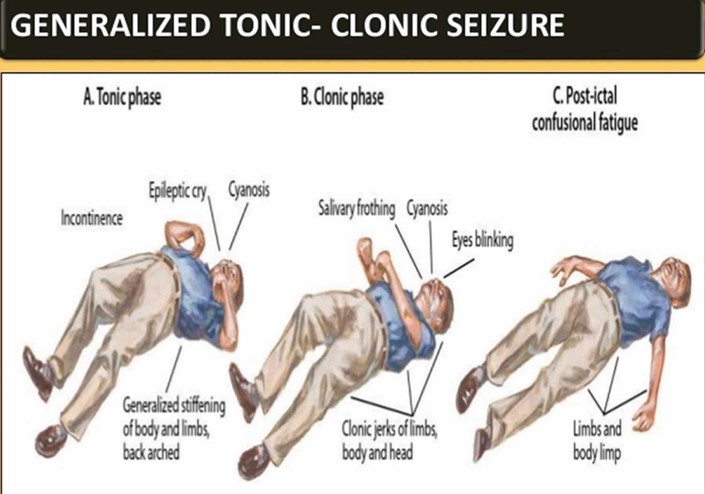Which action should the practical nurse (PNA) prioritize for postoperative patient with a PCA (Patient- Controlled Analgesia) machine?
Coffee ground secretions drainage via nasogastric tube.
Nasogastric tube suctioning.
Assessing pain management response.
Ineffective pain management report:
The Correct Answer is C
This is the correct answer because it is the most important and relevant action that the PN should do for a postoperative patient with a PCA machine. A PCA machine is a computerized device that allows the patient to self-administer a preset dose of pain medication, usually an opioid, by pressing a buton. The PCA machine is attached to an intravenous (IV) line that delivers the medication directly into the bloodstream. The PCA machine can provide effective and individualized pain relief for postoperative patients, as well as increase their sense of control and satisfaction¹².
The PN should assess the pain management response of the postoperative patient with a PCA machine by monitoring their pain level, vital signs, oxygen saturation, sedation level, and side effects. The PN should use a valid and reliable pain scale, such as the numeric rating scale (NRS) or the visual analog scale (VAS), to measure the patient's pain intensity and relief. The PN should also check the settings and functioning of the PCA machine, such as the dose, lockout interval, and limit. The PN should document and report the patient's pain management response and any problems or complications with the PCA machine to the health care provider.
Nursing Test Bank
Naxlex Comprehensive Predictor Exams
Related Questions
Correct Answer is A
Explanation
When a client refuses to look at their mastectomy incision and refuses to talk about it, the best response by the practical nurse (PN) is to respect the client's autonomy and validate their feelings. Option a) acknowledges the client's discomfort and provides reassurance that it is okay for them to decline to look or talk about the incision at the moment. It also offers support by letting the client know that the incision will be available for examination when they feel ready to do so.
Correct Answer is ["A","D","E"]
Explanation
During a generalized tonic-clonic seizure, it is important for the practical nurse (PN) to prioritize the safety and well-being of the child. The correct actions to implement immediately are:
A. Observe the progression of the seizure: The PN should closely observe the seizure to gather important information that can be helpful for medical professionals in assessing the seizure's characteristics and duration.
D. Pad the side rails with pillows: Padding the side rails of the bed with pillows helps to prevent the child from injuring themselves by hitting the side rails during the seizure.
E. Loosen clothing around the neck: Loosening any tight clothing around the child's neck helps to ensure adequate breathing and prevent any constriction or discomfort during the seizure.
B. Hold the extremities close to the body: This action is not recommended during a seizure as it may increase the risk of injury to the child or the PN.
C. Insert a tongue blade between the teeth: It is not recommended to insert any object, including a tongue blade, between the teeth of a person experiencing a seizure. This can cause injury to the person's mouth or teeth and is no longer considered an appropriate intervention for seizures.

Whether you are a student looking to ace your exams or a practicing nurse seeking to enhance your expertise , our nursing education contents will empower you with the confidence and competence to make a difference in the lives of patients and become a respected leader in the healthcare field.
Visit Naxlex, invest in your future and unlock endless possibilities with our unparalleled nursing education contents today
Report Wrong Answer on the Current Question
Do you disagree with the answer? If yes, what is your expected answer? Explain.
Kindly be descriptive with the issue you are facing.
